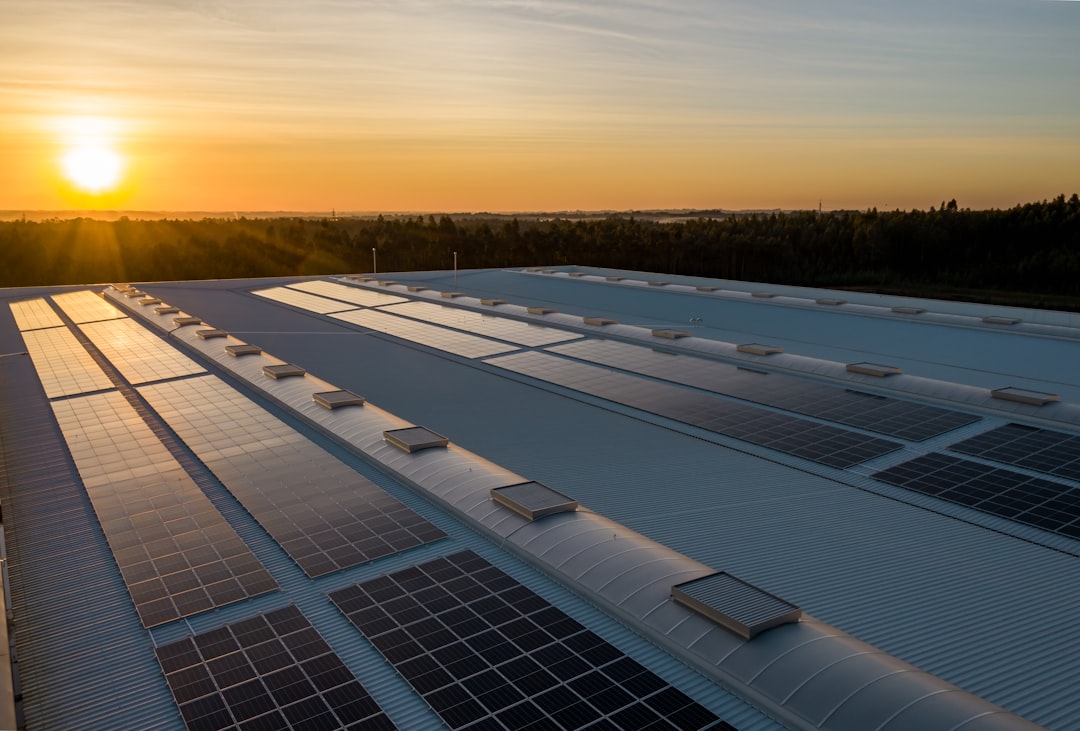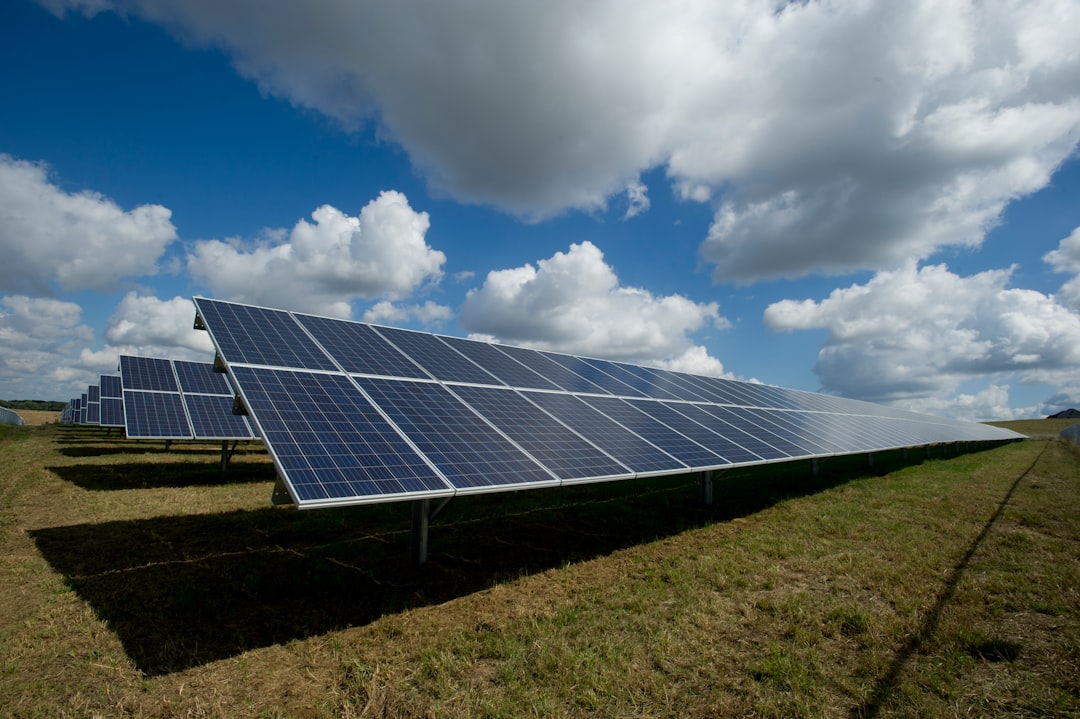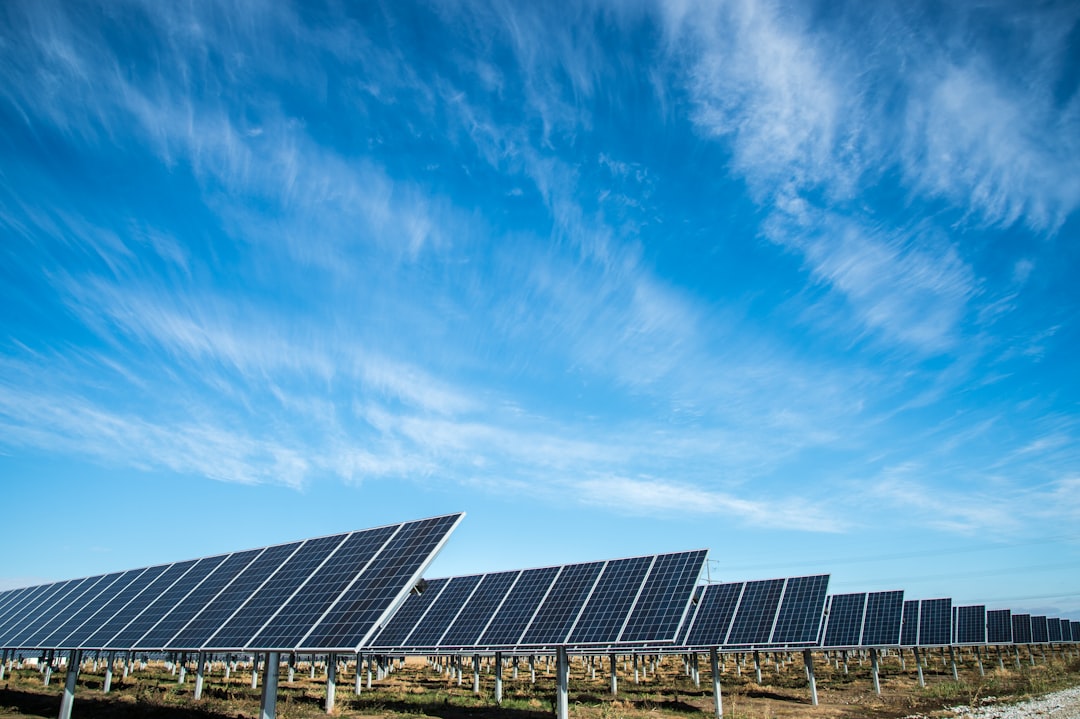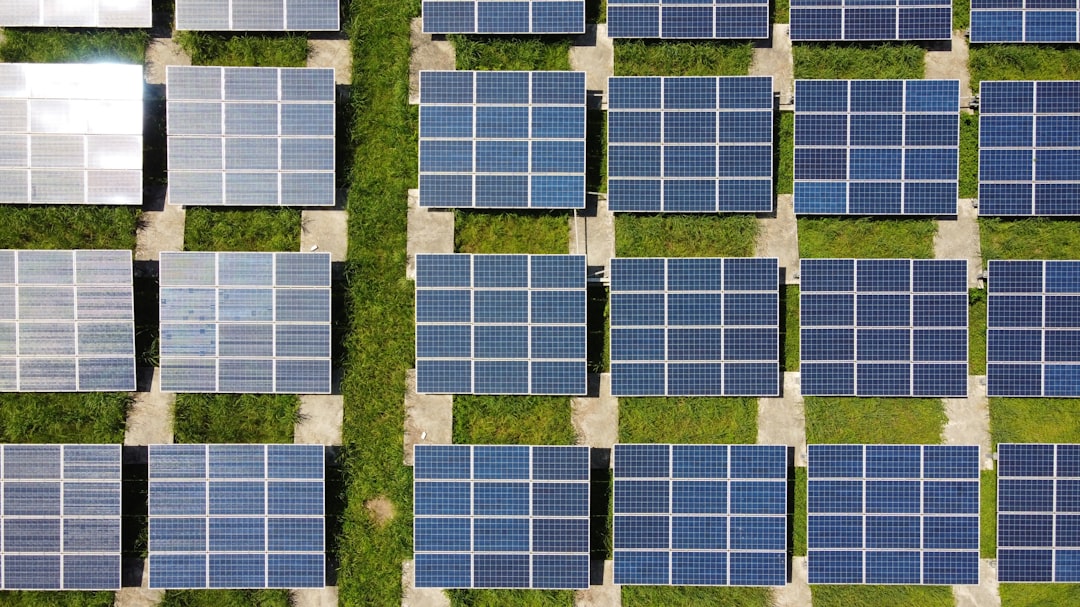The world is rapidly changing, and so are the environmental challenges we face. From climate change to biodiversity loss, we need to find innovative solutions to protect our planet and build a more sustainable future. One of the most promising tools we have at our disposal is technology, and specifically, coding.
Coding is the language of technology, and it can be applied to a wide range of environmental issues. By writing code, we can collect, track, and analyze data on everything from air pollution to deforestation. We can develop software and applications that help us monitor renewable energy sources and reduce waste in manufacturing and logistics. We can even use coding to protect endangered species and build more sustainable cities.
The potential of coding to help solve environmental problems is truly vast, and it’s up to us to harness this power. In this blog post, we’ll take a closer look at how coding can be used to address some of the most pressing environmental challenges we face. From data analysis to renewable energy and smart cities, we’ll explore the many ways in which coding can help us build a more sustainable future. So let’s get started!
The Power of Data: How Coding Can Help Track and Analyze Environmental Data
As our world becomes increasingly digitized, we are collecting more and more data about the environment. From air and water quality measurements to satellite imagery of deforestation, there is a wealth of information available to environmental experts. However, this data is only useful if it can be effectively analyzed and put into action.
This is where coding comes in. By writing algorithms and programs to analyze environmental data, coders can help identify trends, pinpoint problem areas, and develop strategies to address environmental issues. For example, coding can be used to create models of climate change, track the migration patterns of endangered species, and monitor the spread of pollution.
One of the most powerful tools in this regard is machine learning. By feeding vast amounts of data into algorithms, machine learning can identify patterns and make predictions about future trends. For example, it can analyze satellite imagery to identify areas at risk of deforestation or predict the impact of climate change on crop yields.
But it’s not just about analyzing data – coding can also help collect it. With the rise of the Internet of Things, sensors can be placed in a variety of locations to track everything from air pollution levels to water usage. This data can be fed into algorithms to create real-time models of environmental conditions, allowing experts to make more informed decisions about how to address environmental issues.
Of course, coding is only one piece of the puzzle. It’s important that environmental experts work closely with coders to ensure that the algorithms being developed are addressing the right problems and are grounded in sound scientific principles. Collaboration is key to developing effective solutions to complex environmental challenges.
Coding has a critical role to play in analyzing and addressing environmental issues. By harnessing the power of data and machine learning, coders can help identify trends, predict future outcomes, and develop strategies to protect the environment. However, it’s important that this work is done in collaboration with environmental experts to ensure that the solutions being developed are effective and grounded in science.
With the rise of the Internet of Things, sensors can be placed in a variety of locations to track everything from air pollution levels to water usage.
Harnessing Renewable Energy: The Role of Coding in Developing Sustainable Energy Solutions
Renewable energy sources are a critical component of building a sustainable future. The transition towards clean energy is not only good for the environment, but it also offers significant economic and social benefits. The increased adoption of renewable energy requires innovative solutions that can help overcome the challenges associated with integrating these sources into the grid. This is where coding comes in.
Developing sustainable energy solutions requires a deep understanding of the energy system and how it interacts with the surrounding environment. This requires the collection and analysis of vast amounts of data to identify trends, patterns, and opportunities. Coding can help streamline this process by automating data collection and analysis, making it easier to identify errors, and offering more efficient ways to manage vast amounts of data.
Renewable energy sources such as solar, wind, and hydro require sophisticated control systems that can balance supply and demand, integrate energy storage, and manage the grid’s stability. Coding plays a crucial role in the development and deployment of these systems. Sophisticated algorithms and machine learning techniques can be used to optimize energy production, reduce costs, and minimize environmental impact.
In addition to developing sustainable energy solutions, coding can also help make existing systems more efficient. By analyzing energy consumption data and identifying areas of waste, coding can help reduce energy usage and lower costs. For example, machine learning algorithms can be used to optimize building heating and cooling systems, lighting control, and ventilation.
Overall, the role of coding in developing sustainable energy solutions cannot be overstated. By harnessing the power of data and automation, coders can help build a more sustainable energy system that benefits the environment, the economy, and society as a whole. It is up to us to embrace this technology and work together to build a brighter and more sustainable future.
Sophisticated algorithms and machine learning techniques can be used to optimize energy production, reduce costs, and minimize environmental impact.
Sustainable Supply Chains: How Coding Can Help Monitor and Reduce Environmental Impact in Manufacturing and Logistics
When it comes to addressing environmental issues, one area that often gets overlooked is supply chain management. Many industries rely on complex supply chains that span multiple regions and involve numerous stakeholders. This complexity can make it difficult to track and reduce the environmental impact of these supply chains.
However, coding can help bridge this gap. By using data analytics and machine learning, coders can help monitor and optimize supply chains to reduce their environmental impact. Here are a few ways that coding can help:
1. Tracking Environmental Impact: By using sensors and other IoT devices, coders can track the environmental impact of every stage in a supply chain. This can help identify areas where environmental impact is highest, and where improvements can be made.
2. Optimizing Transportation: Shipping and transportation are a major source of carbon emissions. By using algorithms to optimize transportation routes and modes, coders can help reduce emissions and make transportation more efficient.
3. Reducing Waste: Waste is another major environmental concern in supply chain management. By using data analytics to track waste and identify areas where it can be reduced, coders can help minimize the environmental impact of supply chains.
4. Encouraging Sustainability: By integrating sustainability into supply chain management processes, coders can help encourage more sustainable practices throughout the industry. This can help drive a shift towards more environmentally-friendly business practices.
Overall, coding can play a crucial role in reducing the environmental impact of supply chains. However, this requires collaboration between coders and environmental experts. By working together, we can create more sustainable supply chains and build a better future for our planet.
By working together, we can create more sustainable supply chains and build a better future for our planet.
Protecting Biodiversity: The Role of Coding in Tracking and Preserving Endangered Species and Habitats
As technology continues to evolve, it has become increasingly evident that it can aid in protecting biodiversity. The use of coding is one such tool that has been instrumental in tracking and preserving endangered species and habitats. In this blog post, we will explore the various ways in which developers are using code to protect biodiversity, and why this work is so important.
One of the primary ways in which coding is used to protect biodiversity is through the development of software applications that allow scientists to track and analyze data related to endangered species. This data can provide valuable insights into the specific factors that are threatening these species, which can then be used to develop targeted conservation efforts. For example, developers have created software that can analyze satellite images to track the migration patterns of certain bird species, allowing scientists to identify areas that are crucial to their survival.
In addition to tracking species, coding is also used to monitor and protect habitats. This is particularly important in areas where human activity has caused significant damage to ecosystems. By using code to track changes in vegetation, water quality, and other important indicators, scientists can identify areas that are in need of restoration and work to implement effective solutions.
But perhaps the most important role that coding plays in protecting biodiversity is in the development of predictive models. These models use data to project how species and habitats will be impacted by future changes, such as climate change or increased human activity. By identifying potential threats before they occur, scientists can work to prevent damage to ecosystems and ensure the continued survival of species.
Of course, coding alone cannot protect biodiversity. It is important that developers work closely with environmental experts to ensure that their work is grounded in sound science and that their solutions are effective. Furthermore, it is crucial that we all take responsibility for our collective impact on the environment and work to reduce our individual carbon footprints.
Coding is an important tool in the fight to protect biodiversity. By providing scientists with the data they need to make informed decisions, developers are helping to ensure that we are able to preserve the incredible array of life on this planet. But this work cannot be done in isolation. We must all work together, across disciplines and across borders, to build a more sustainable future.
But this work cannot be done in isolation.
Smart Cities and Green Infrastructure: How Coding Can Help Build More Sustainable Urban Environments
As the world becomes increasingly urbanized, the need for sustainable urban environments has become more pressing than ever. From reducing carbon emissions to improving air and water quality, green infrastructure can play a crucial role in building more sustainable cities. And just like in other areas of environmental sustainability, coding can help.
Smart cities are those that use technology to improve the quality of life of their citizens while reducing their environmental impact. With the help of coding, we can monitor and analyze urban data to optimize energy consumption, reduce traffic congestion, and improve waste management. For example, sensors can be placed on streetlights to detect traffic patterns and adjust traffic signals accordingly, reducing congestion and improving air quality.
Another important aspect of green infrastructure is the use of renewable energy sources. By developing renewable energy solutions like solar panels, wind turbines, and geothermal systems, cities can reduce their reliance on fossil fuels and decrease their carbon footprint. Coding can help by analyzing data to determine the best locations for renewable energy installations and optimizing their performance.
But it’s not just about reducing negative impacts. Green infrastructure can also provide positive benefits like improving access to green spaces and enhancing biodiversity. By using coding to monitor and analyze urban ecosystems, we can identify areas that are in need of restoration and take action to protect and preserve them.
Overall, the potential of coding to help build more sustainable urban environments is vast. By harnessing the power of data and technology, we can improve the quality of life of city residents while reducing our impact on the environment. But to truly make a difference, collaboration between coders and environmental experts is key. By working together, we can create innovative solutions that make our cities more sustainable, resilient, and livable for everyone.
Smart cities are those that use technology to improve the quality of life of their citizens while reducing their environmental impact.
The Importance of Collaboration Between Coders and Environmental Experts to Build a More Sustainable Future
As we have seen throughout this blog post, coding has the potential to play a significant role in building a more sustainable future. From tracking and analyzing environmental data to developing renewable energy solutions, coding can be a powerful tool in tackling some of our most pressing environmental challenges.
However, while coding is an important piece of the puzzle, it is not the only one. In order to truly make a difference, coders must work alongside environmental experts to ensure that their efforts are aligned with the needs of the planet.
Environmental experts bring a wealth of knowledge and expertise to the table, from understanding the complexities of ecosystems to identifying key areas of concern. By collaborating with coders, these experts can help to ensure that their data and insights are being used effectively and efficiently, leading to more meaningful and impactful solutions.
At the same time, coders bring a unique set of skills to the table, including the ability to process and analyze large amounts of data, create innovative solutions, and automate processes that would otherwise be time-consuming and resource-intensive. By working together, we can harness the power of technology to drive meaningful change and build a more sustainable future for all.
In order to make this collaboration successful, it is important for coders and environmental experts to be adaptable and open-minded. The challenges we face are complex and ever-evolving, and it is only by working together and sharing our knowledge and expertise that we can hope to overcome them.
So, whether you are a coder, an environmental expert, or simply someone who cares about the future of our planet, know that your contributions are valuable and necessary. By working together, we can build a more sustainable future for ourselves, our communities, and the world around us.





